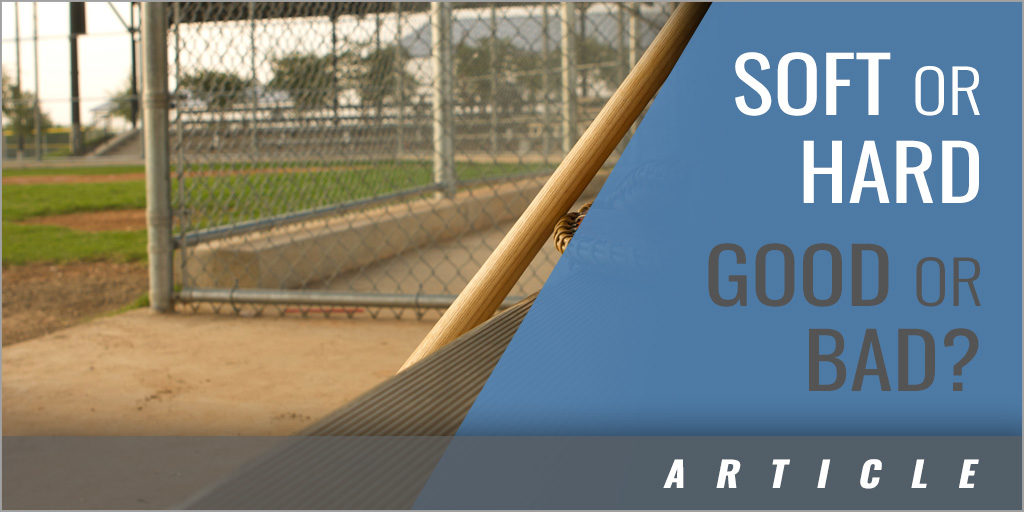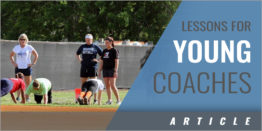|
By: Cindy Bristow Provided by: Softball Excellence When a hitter takes her stride, how hard or how soft she takes it can really determine whether she becomes a good or a bad hitter. What's the difference and why does it matter? Good hitters don't just stride with their entire foot but rather they think about their foot in two parts: the big toe portion and than the entire instep, while poor hitters stride with their entire foot as one unit. When a hitter strides, she wants to do so softly, as if she's stepping out onto ice that she doesn't want to break. If your hitter was actually stepping out onto some ice she would need to stride keeping most of her weight back over her back foot while her front/stride foot only touched the big toe part of her foot on the ice. This would create a soft stride but more importantly, wouldn't commit her body to the step since she wasn't yet sure whether the ice could hold her or not. Once she was sure about the strength of the ice, then she'd commit all of her weight forward onto the instep portion of her stride foot. Now, staying with the ice analogy, what about the hitter that strides onto that same sheet of ice, but instead of striding softly and tapping the big toe portion of her foot on the ice, she steps down hard on the ice landing loudly on her entire foot? She probably falls through the ice before she even realizes it won't hold her. What does this have to do with hitting? Tons! Hitters should always stride out softly with their stride foot landing first on the big toe portion of their stride foot while keeping most of their weight back over their back foot. This portion of the stride is often called "toe touch". When the hitter is fully committed to swinging at the pitch, she then brings the rest of her body forward by firmly planting on the entire instep portion of her stride foot. This part of the stride is called heel plant but be careful as the hitter isn't placing their weight entirely on their heel but rather she's placing her whole foot on the ground. Why do this stride in 2 parts? The reason is that the initial stride (toe touch) is not when the player commits her hands and bat to the pitch but rather when she gets herself into her attack position. The ball is now leaving the pitcher's hand and traveling out about 15-20 feet. The hitter's brain then decides to swing or not to swing based on the pitch information she sees -things like height, spin, location and speed. If the hitter decides SWING this requires her body weight to slide forward and her hands and bat to explode forward as well. This forward explosion must happen on a firmly planted front foot or the player will lose her balance. The firmly planted front foot is often called heel plant. The reason that poor hitters cannot hit change ups or even slower pitchers is because they stride with their entire weight forward onto their stride foot all at once. These hitters would surely fall through the ice. Instead they should learn to first plant their stride foot softly and only commit their weight forward onto the instep of their stride foot when they have decided to bring their hands forward and SWING! |






